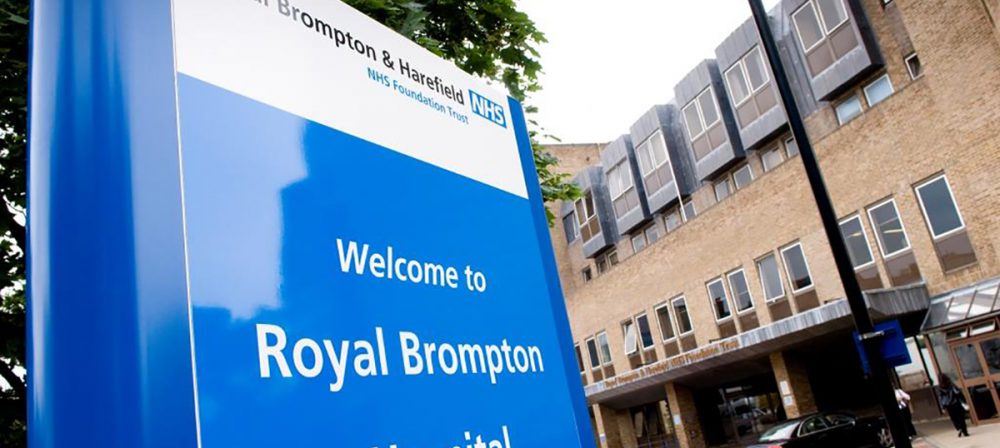An independent evaluation of ECG On-Demands mail order Holter monitoring service by the Royal Brompton Hospital, London
Why use mail order Holter monitoring?
The Royal Brompton & Harefield NHS Foundation Trust is the largest specialist Heart and Lung Centre in the UK and among the largest in Europe. Their non-invasive cardiology department performs a high volume of Holter monitoring, broadly spread over adult, paediatric and congenital cohorts.
Despite increasing demand, mainly due to the withdrawal of paediatric Holter monitoring services by other London NHS trusts, service expansion has been limited by a single fitting room and insufficient numbers of Holter recorders. At the start of the COVID-19 pandemic (March 2020), the department’s outpatient service was suspended in response to social distancing measures. Outpatient appointments were maintained using telephone consultation which meant demand for Holter monitoring continued.
Rather than allow a large backlog of Holter monitoring requests to build up, the trust took the decision to outsource Holter monitoring to an external mail order Holter monitoring service.
[The department has outsourced Holter monitoring, to a limited extent, since 2016. However, it found the use of single-use ECG Patches uneconomic. The newer waterproof, multi-use, rechargeable devices allow long recording durations, are waterproof, discreet and less expensive.]
Objectives
To assess; ECG recording quality, clinical report quality, logistics & adverse events with a view to selecting a preferred supplier.
Methods
Between March – September 2020, a total of 847 mail order Holter monitoring sessions were performed by ECG On-Demand. All reports were reviewed, scored and countersigned by the hospital’s cardiac physiologists.
Results
| Ordered duration | |
|---|---|
| 24 hrs | 41% |
| 48 hrs | 26% |
| 72 hrs | 8% |
| 7 days | 24% |
| Patient Age | |
| minimum | 2 months |
| maximum | 91 years |
| mean | 33 years |
| Paediatric (<16 yrs) | 39% |
| Performance metrics | |
| Test success rate | 95.1% |
| Reports requiring amendment | <0.5% |
| Adverse event rate | 0.0% |
| Recorder loss rate | 0.2% |
| Reporting time | <24 hours |
Test success rate: Despite a large proportion of paediatric patients (39%) a success rate of greater than 95% was achieved in both adult a paediatric groups. The device was tolerated well by both ends of the age spectrum.
Clinical Reporting Quality: In the opinion of the reviewing trust’s cardiac physiologists, less than 0.5% of ECG On-Demands required significant amendment. Overall, trust physiologists were of the opinion that ECG On-Demand’s written reports were compliant with good quality ECG strips.
Trust paediatric cardiologists commented that ECG On-Demand suffered little ECG base-line wander and artefact. Arrhythmia recognition was relatively easy due to good P-wave amplitudes.
Adverse events: There were no significant skin reactions caused by ECG On-Demands electrode material.
Recorder loss rate: ECG On-Demand had a low recorder loss rate
Reporting time: ECG On Demand returned reports within 24hrs of receipt of the device from the patient.
Conclusion
Over 95% of Holter monitoring requests can be managed by a mail order Holter monitoring service. However, significant performance differences exist between suppliers.
Patients benefitted from reduced travel expenditure, travel time and anxiety by avoiding the requirement to attend a hospital outpatient appointment.
The hospital commented that ECG On-Demands logistical operations (courier and customer services) facilitated a better patient and department experience. Overall, the hospitals cardiac physiologists and cardiologists preferred ECG On-Demands ECG recording quality and clinical reports.
ECG On-Demands fixed cost per test (£99) is less than the NHS Tariff for outpatient Holter monitoring (£151) and was thus deemed to be economically viable.
ECG On-Demand were appointed the hospitals preferred mail order Holter monitoring provider.


